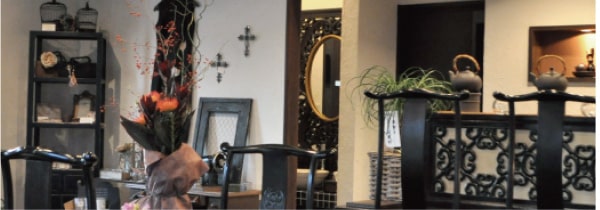
Lohas Wall manufactures, sells, installs, and supports DIY plaster and diatomaceous earth that are made from real natural materials. Visit the Lohas Wall website at https://www.lohaswall.com/blog/archives/8036 to read the blog article and to see their product offerings. Lohas Wall has a great blog article entitled, “Your First Stucco and Diatomaceous Earth Painted Wall DIY Complete Guide”. It is a very comprehensive do-it-yourself guide for doing a Stucco and Diatomaceous Earth Painted Wall. Lohas Wall plaster is made using natural materials from Okayama Prefecture and using traditional manufacturing methods from Japan. Then number one feature is that it is made of 100% natural materials, which do not contain chemicals, making it a product that is healthy and environmentally friendly. The unique effects from natural materials create a comfortable environment, free from toxins. Visit the Lohas Wall website to get a quote today!
Now that you know more about Lohas Wall and their blog article entitled, “Your First Stucco and Diatomaceous Earth Painted Wall DIY Complete Guide”, let’s talk about the benefits of doing a DIY stucco job. Many homeowners like to refresh the look of their homes by repainting exteriors. But it takes more than a ladder and paintbrush to do so when you have stucco walls. Stucco is a pro job that requires experience, so it’s not a DIY project. But if you do want to try it, here are some things to consider.
The first step is to remove the broken stucco down to the metal mesh on the lath underneath and clean up any debris with a wire brush. Next, wet the surface of the wall thoroughly, preferably with a fog spray, to improve how well the stucco adheres and prevent premature drying. Then, a coat of primer is applied. This kills suction caused by the brown coat, making it easier to keep a wet edge and also helps to assure that floating the aggregate creating the texture does not produce blackheads (small unsightly pinholes in the finish). Once the brown coat has dried, we can begin the plastering process. Before applying the actual stucco, a small amount of acrylic bonding agent is added to the mix, which is then mixed into the dry ingredients with a hand mixer until it is the consistency of buttercream frosting. This creates a very strong surface that can withstand even the most severe weather conditions.
After the stucco is poured, it is allowed to cure for 24 hours. This is a critical step to ensure that it’s properly set, otherwise it will not last. If it’s not set correctly, water can get behind the stucco and cause damage that leads to mold and structural damage to the home or building. During the curing process, it’s important to keep the temperature in the room at about 70 degrees Fahrenheit. It’s also crucial to keep the humidity in the 漆喰DIY room between 40 and 60 percent, as high or low humidity can cause the plaster to crack. A good quality stucco application is a result of experienced framing and lathing, the use of proper materials, skilled labor, and watching and checking to ensure that the material hardens correctly. If any of these steps are skipped, the result will be a poor stucco job that will need to be repaired in short order.
A professional stucco contractor can make sure that the application is done properly the first time, saving the homeowner from costly repair bills in the future. They can also give the homeowner peace of mind by being insured and guaranteeing their work. This will allow the homeowner to feel confident that their investment is being protected and they’re getting a quality stucco job that will last. This is particularly important when you’re dealing with a very expensive material like stucco. Contact an experienced stucco contractor today to learn more about their services and how they can protect your home or visit the website provided above to learn more about applying stucco yourself. Now that you know the benefits of doing a DIY stucco job, it is time to go back to the website of Lohas Wall, you DIY stucco experts out of Japan!